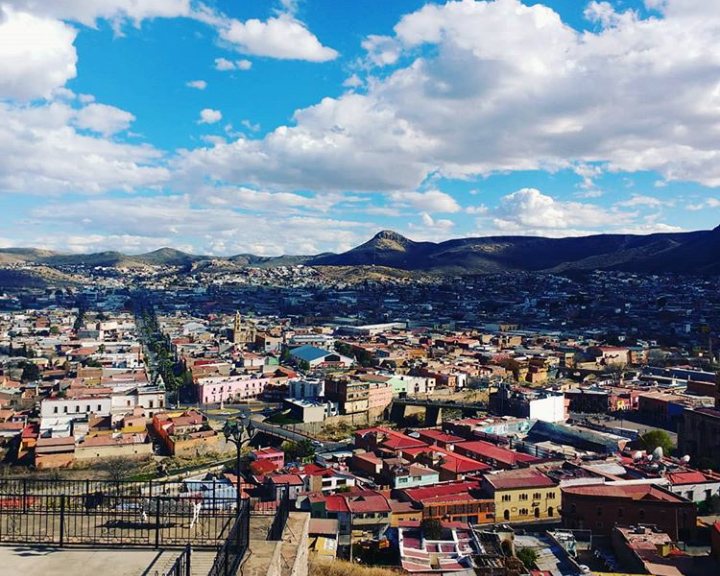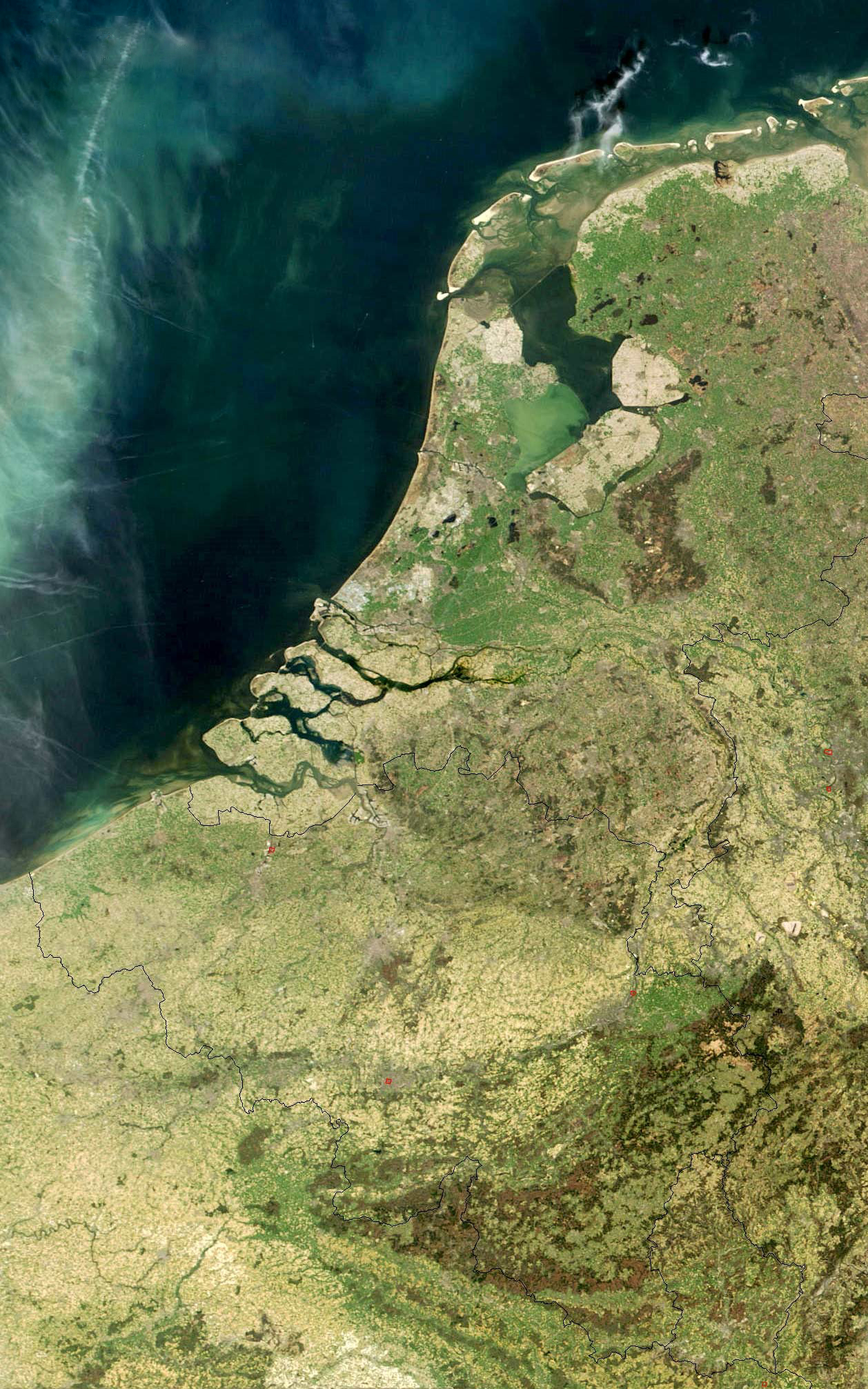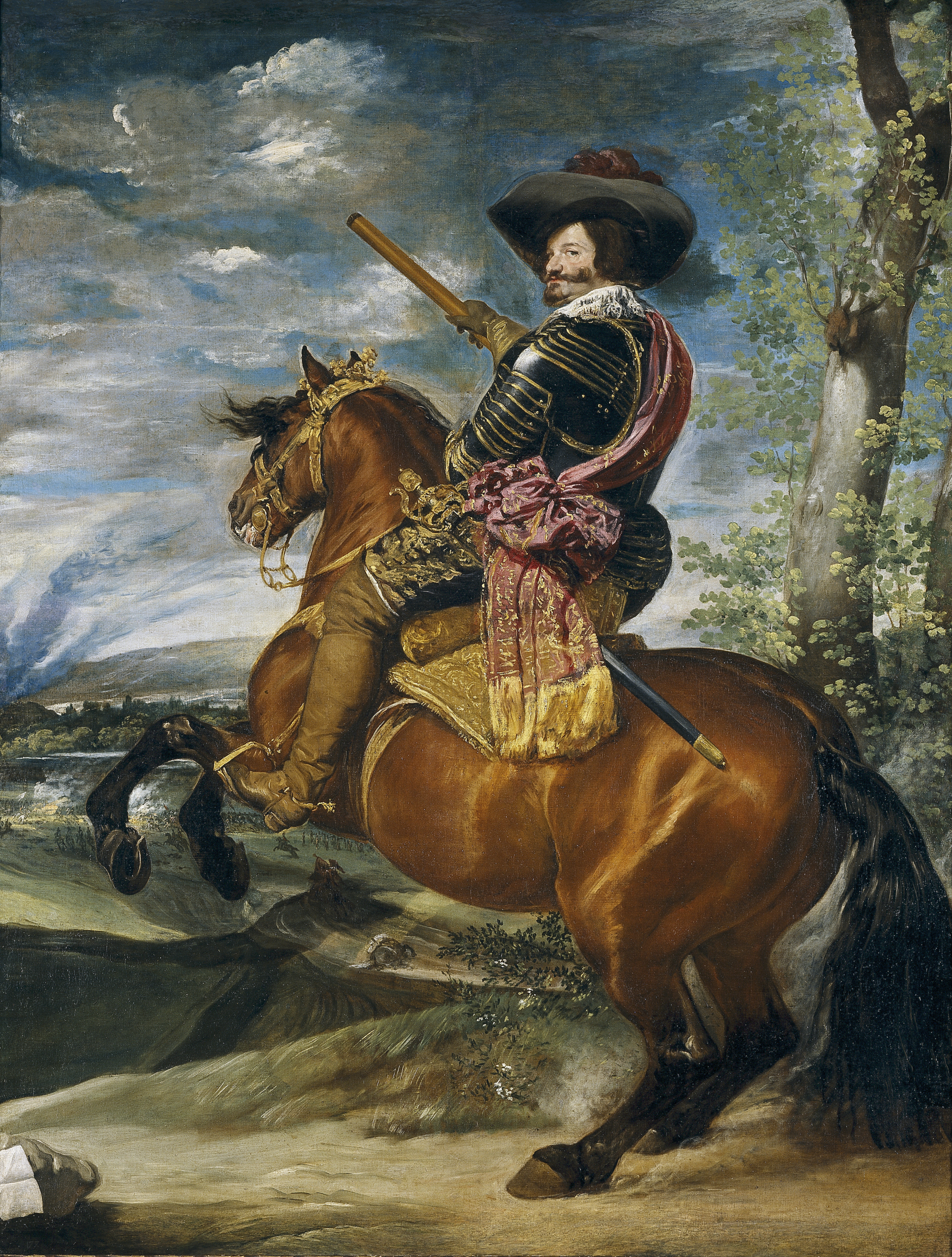|
Parral, Chihuahua
Hidalgo del Parral is a city and seat of the municipality of Hidalgo del Parral in the Mexican state of Chihuahua. It is located in the southern part of the state, from the state capital, the city of Chihuahua, Chihuahua. As of 2015, the city of Hidalgo del Parral had a population of 109,510 inhabitants, while the metro area had a population of 129,688 inhabitants. During the colonial period the city was a significant supplier of silver to the Spanish empire and was known as San José del Parral. The name of the city was changed after independence from Spain, in honour of Fr Miguel Hidalgo, widely considered the 'Father of the Country'. Geology Hidalgo del Parral mushroomed from the base of a hill of silver known as the Cerro la Prieta. The hill, is a part of the eastern foothill belt of the Sierra Madre Occidental, characterized by thick eroded deposits of tertiary volcanics. The bed rocks of both sedimentary and volcanic origin supply both lead and lead-free silver vein ... [...More Info...] [...Related Items...] OR: [Wikipedia] [Google] [Baidu] |
City
A city is a human settlement of a substantial size. The term "city" has different meanings around the world and in some places the settlement can be very small. Even where the term is limited to larger settlements, there is no universally agreed definition of the lower boundary for their size. In a narrower sense, a city can be defined as a permanent and Urban density, densely populated place with administratively defined boundaries whose members work primarily on non-agricultural tasks. Cities generally have extensive systems for housing, transportation, sanitation, Public utilities, utilities, land use, Manufacturing, production of goods, and communication. Their density facilitates interaction between people, government organisations, government organizations, and businesses, sometimes benefiting different parties in the process, such as improving the efficiency of goods and service distribution. Historically, city dwellers have been a small proportion of humanity overall, bu ... [...More Info...] [...Related Items...] OR: [Wikipedia] [Google] [Baidu] |
Silver Mining
Silver mining is the extraction of silver by mining. Silver is a precious metal and holds high economic value. Because silver is often found in intimate combination with other metals, its extraction requires the use of complex technologies. In 2008, approximately 25,900 metric tons of silver were consumed worldwide, most of which came from mining. Silver mining has a variety of effects on the environment, humans, and animals. Silver sources Silver-bearing ore typically contains very little silver, with much higher percentages of copper and lead. Specific minerals include argentite (Ag2 S), chlorargyrite ("horn silver," Ag Cl), polybasite (Ag, Cu)16Sb2S11), and proustite (Ag3AsS3). Silver mainly occurs as a contaminant in chalcopyrite and galena, important ores of copper and lead, respectively.Kassianidou, V. 2003. Early Extraction of Silver from Complex Polymetallic Ores, in Craddock, P.T. and Lang, J (eds) Mining and Metal production through the Ages. London, British ... [...More Info...] [...Related Items...] OR: [Wikipedia] [Google] [Baidu] |
Crowbar
A crowbar, also called a wrecking bar, pry bar or prybar, pinch-bar, or occasionally a prise bar or prisebar, colloquially gooseneck, or pig bar, or in Australia a jemmy, is a lever consisting of a metal bar with a single curved end and flattened points, used to force two objects apart or gain mechanical advantage in lifting; often the curved end has a notch for removing nails. The design can be used as any of the three lever classes. The curved end is usually used as a first-class lever, and the flat end as a second-class lever. Designs made from thick flat steel bar are often referred to as utility bars. Materials and construction A common hand tool, the crow bar is typically made of medium-carbon steel, possibly hardened on its ends. Commonly crowbars are forged from long steel stock, either hexagonal or sometimes cylindrical. Alternative designs may be forged with a rounded I-shaped cross-section shaft. Versions using relatively wide flat steel bar are often referr ... [...More Info...] [...Related Items...] OR: [Wikipedia] [Google] [Baidu] |
Wedge
A wedge is a triangle, triangular shaped tool, a portable inclined plane, and one of the six simple machines. It can be used to separate two objects or portions of an object, lift up an object, or hold an object in place. It functions by converting a force applied to its blunt end into forces perpendicular (Surface normal, normal) to its inclined surfaces. The mechanical advantage of a wedge is given by the ratio of the length of its slope to its width..''McGraw-Hill Concise Encyclopedia of Science & Technology'', Third Ed., Sybil P. Parker, ed., McGraw-Hill, Inc., 1992, p. 2041. Although a short wedge with a wide angle may do a job faster, it requires more force than a long wedge with a narrow angle. The force is applied on a flat, broad surface. This energy is transported to the pointy, sharp end of the wedge, hence the force is transported. The wedge simply transports energy in the form of friction and collects it to the pointy end, consequently breaking the item. History ... [...More Info...] [...Related Items...] OR: [Wikipedia] [Google] [Baidu] |
Stock Ranches
Stocks (also capital stock, or sometimes interchangeably, shares) consist of all the shares by which ownership of a corporation or company is divided. A single share of the stock means fractional ownership of the corporation in proportion to the total number of shares. This typically entitles the shareholder (stockholder) to that fraction of the company's earnings, proceeds from liquidation of assets (after discharge of all senior claims such as secured and unsecured debt), or voting power, often dividing these up in proportion to the number of like shares each stockholder owns. Not all stock is necessarily equal, as certain classes of stock may be issued, for example, without voting rights, with enhanced voting rights, or with a certain priority to receive profits or liquidation proceeds before or after other classes of shareholders. Stock can be bought and sold privately or on stock exchanges. Transactions of the former are closely overseen by governments and regulatory ... [...More Info...] [...Related Items...] OR: [Wikipedia] [Google] [Baidu] |
Low Countries
The Low Countries (; ), historically also known as the Netherlands (), is a coastal lowland region in Northwestern Europe forming the lower Drainage basin, basin of the Rhine–Meuse–Scheldt delta and consisting today of the three modern "Benelux" countries: Belgium, Luxembourg, and the Netherlands (, which is singular). Geographically and historically, the area can also include parts of France (such as Nord (French department), Nord and Pas-de-Calais) and the Germany, German regions of East Frisia, Geldern, Guelders and Cleves. During the Middle Ages, the Low Countries were divided into numerous semi-independent principalities. Historically, the regions without access to the sea linked themselves politically and economically to those with access to form various unions of ports and hinterland, stretching inland as far as parts of the German Rhineland. Because of this, nowadays not only physically low-altitude areas, but also some hilly or elevated regions are considered part of ... [...More Info...] [...Related Items...] OR: [Wikipedia] [Google] [Baidu] |
Eastern Asia
East Asia is a geocultural region of Asia. It includes China, Japan, Mongolia, North Korea, South Korea, and Taiwan, plus two special administrative regions of China, Hong Kong and Macau. The economies of China, Japan, South Korea, and Taiwan are among the world's largest and most prosperous. East Asia borders North Asia to the north, Southeast Asia to the south, South Asia to the southwest, and Central Asia to the west. To its east is the Pacific Ocean. East Asia, especially History of China, Chinese civilization, is regarded as one of the earliest Cradle of civilization#China, cradles of civilization. Other ancient civilizations in East Asia that still exist as independent countries in the present day include the History of Japan, Japanese, History of Korea, Korean, and History of Mongolia, Mongolian civilizations. Various other civilizations existed as independent polities in East Asia in the past but have since been absorbed into neighbouring civilizations in the present da ... [...More Info...] [...Related Items...] OR: [Wikipedia] [Google] [Baidu] |
Spanish Empire
The Spanish Empire, sometimes referred to as the Hispanic Monarchy (political entity), Hispanic Monarchy or the Catholic Monarchy, was a colonial empire that existed between 1492 and 1976. In conjunction with the Portuguese Empire, it ushered in the European Age of Discovery. It achieved a global scale, controlling vast portions of the Americas, Africa, various islands in Asia and Oceania, as well as territory in other parts of Europe. It was one of the most powerful empires of the early modern period, becoming known as "the empire on which the sun never sets". At its greatest extent in the late 1700s and early 1800s, the Spanish Empire covered , making it one of the List of largest empires, largest empires in history. Beginning with the 1492 arrival of Christopher Columbus and continuing for over three centuries, the Spanish Empire would expand across the Caribbean Islands, half of South America, most of Central America and much of North America. In the beginning, Portugal was ... [...More Info...] [...Related Items...] OR: [Wikipedia] [Google] [Baidu] |
Philip IV Of Spain
Philip IV (, ; 8 April 160517 September 1665), also called the Planet King (Spanish: ''Rey Planeta''), was King of Spain from 1621 to his death and (as Philip III) King of Portugal from 1621 to 1640. Philip is remembered for his patronage of the arts, including such artists as Diego Velázquez, and his rule over Habsburg Spain, Spain during the Thirty Years' War. By the time of his death, the Spanish Empire had reached approximately 12.2 million square kilometres (4.7 million square miles) in area but in other aspects was in Decline of Spain, decline, a process to which Philip contributed with his inability to achieve successful domestic and military reform. He was succeeded on his death by his young son Charles II of Spain, Charles II as King of Spain and in 1640 (with the collapse of the Iberian Union) by John IV of Portugal, John IV as King of Portugal. Personal life Philip IV was born in the Royal Palace of Valladolid, and was the eldest son of Philip III of Spai ... [...More Info...] [...Related Items...] OR: [Wikipedia] [Google] [Baidu] |
Santa Bárbara, Chihuahua
Santa Bárbara is a city and seat of the municipality of Santa Bárbara, in the northern Mexican state of Chihuahua. As of 2010, the city of Santa Bárbara had a population of 8,765, up from 8,673 as of 2005. History Santa Bárbara, Chihuahua, was established in 1567 by Spanish conquistador Rodrigo del Rio de Losa during the rule of Francisco de Ibarra, governor of the state of Nueva Vizcaya, New Spain. The native peoples in the region when the Spanish arrived were the Conchos people who according to Spanish records lived on a diet consisting of mainly roots and prickly pears. The Spanish were attracted to the region by discoveries of silver and Santa Barbara grew from a population of 30 in 1575 to 7,000 in 1600. It was the northernmost outpost of Nueva Espana in the 16th century. Santa Barbara became a wealthy frontier town of slavers, ranchers, miners, adventurers, and priests. Santa Barbara is located on a tributary of the Conchos River and was the jumping off spot f ... [...More Info...] [...Related Items...] OR: [Wikipedia] [Google] [Baidu] |
Silver
Silver is a chemical element; it has Symbol (chemistry), symbol Ag () and atomic number 47. A soft, whitish-gray, lustrous transition metal, it exhibits the highest electrical conductivity, thermal conductivity, and reflectivity of any metal. Silver is found in the Earth's crust in the pure, free elemental form ("native metal, native silver"), as an alloy with gold and other metals, and in minerals such as argentite and chlorargyrite. Most silver is produced as a byproduct of copper, gold, lead, and zinc Refining (metallurgy), refining. Silver has long been valued as a precious metal. Silver metal is used in many bullion coins, sometimes bimetallism, alongside gold: while it is more abundant than gold, it is much less abundant as a native metal. Its purity is typically measured on a per-mille basis; a 94%-pure alloy is described as "0.940 fine". As one of the seven metals of antiquity, silver has had an enduring role in most human cultures. Other than in currency and as an in ... [...More Info...] [...Related Items...] OR: [Wikipedia] [Google] [Baidu] |









